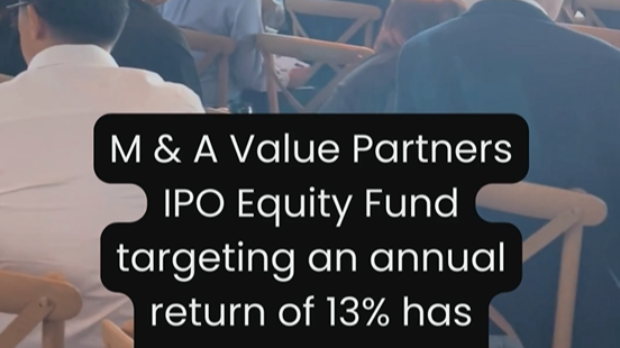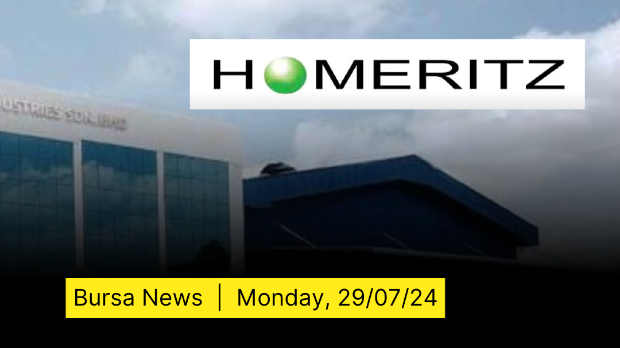Microsoft takes concrete steps (literally) toward greener datacenter construction
Tan KW
Publish date: Wed, 04 Oct 2023, 09:55 AM
Microsoft is exploring ways of cutting carbon dioxide emissions from its datacenters, including using building materials that lower the overall embodied carbon in concrete.
Several years ago, Microsoft set a goal of being "carbon-negative" by 2030, but this isn't easy when you keep expanding, especially since constructing new offices and datacenters is a highly carbon-intensive process.
To help offset these emissions, the company has published details of how it is testing "greener" concrete mixes.
In particular, the bulk of emissions with concrete come from cement production, Microsoft says, especially limestone, which is heated in a kiln with clay to induce a chemical reaction called calcination that releases carbon dioxide as a byproduct.
The pilot mixes at its datacenter site in Quincy, Washington, include one with "biogenic limestone," another with fly ash and slag that are activated with alkaline soda ash, and still another mix with both the alkali cement and biogenic limestone. Redmond thinks this could lower embodied carbon in concrete by more than 50 percent compared with traditional mixes.
According to Microsoft, the fly ash and slag for the alkali-activated cement is industrial waste material from coal combustion and steel making, while the biogenic limestone is sourced from a company called Minus Materials. This is "biogenic" as it is produced by marine algae, using a process pioneered at the University of Colorado in Boulder.
As part of the pilot, engineers will monitor the low-carbon concrete slabs at the site in Quincy for several months to observe how the mixes compare with traditional mixes in the way they harden, for example. Lessons learned will then be applied to more complex pilot projects aimed at scaling low-carbon concrete technologies, Microsoft says.
"It's just concrete, but the material properties, chemical reactions and mechanical alterations can be complex especially when introducing synthetic fillers combined with biologically derived components," said Steve Gilges, a principal infrastructure engineer on Microsoft's datacenter research team.
Microsoft is also investing in other concepts that could lower the carbon footprint of buildings to zero or even make them carbon negative as part of its Climate Innovation Fund, launched in 2020.
This includes technologies that inject captured CO2 into concrete, where it mineralizes and is permanently embedded in the material and acts as a carbon sink, Microsoft claims.
For its 2022 Environmental Sustainability Report, Microsoft confirmed its total greenhouse gas emissions amounted to nearly 13 million metric tons, a figure down 0.5 percent over 2021 while its business grew by 18 percent during the same period. However, during 2021, Microsoft's total emissions had actually increased by more than 20 percent over the previous year, as we reported at the time.
Microsoft claimed that for 2021, its Scope 1 and 2 emissions from direct business operations only accounted for about 4 percent of the total, while indirect or Scope 3 emissions made up the rest. That latter includes carbon emissions associated with the construction of new buildings such as datacenters, as well as the new IT equipment to fill them.
Microsoft also needs to do better on other aspects of its sustainability goals as well, with the 2022 report revealing that its total water consumption - chiefly for use in datacenters - increased to roughly 6,399 megaliters, a jump of about 34 percent over the previous year. ®
https://www.theregister.com//2023/10/03/microsoft_green_datacenter_concrete/
More articles on Future Tech
Created by Tan KW | Aug 01, 2024
Created by Tan KW | Aug 01, 2024
Created by Tan KW | Aug 01, 2024
Created by Tan KW | Aug 01, 2024





















